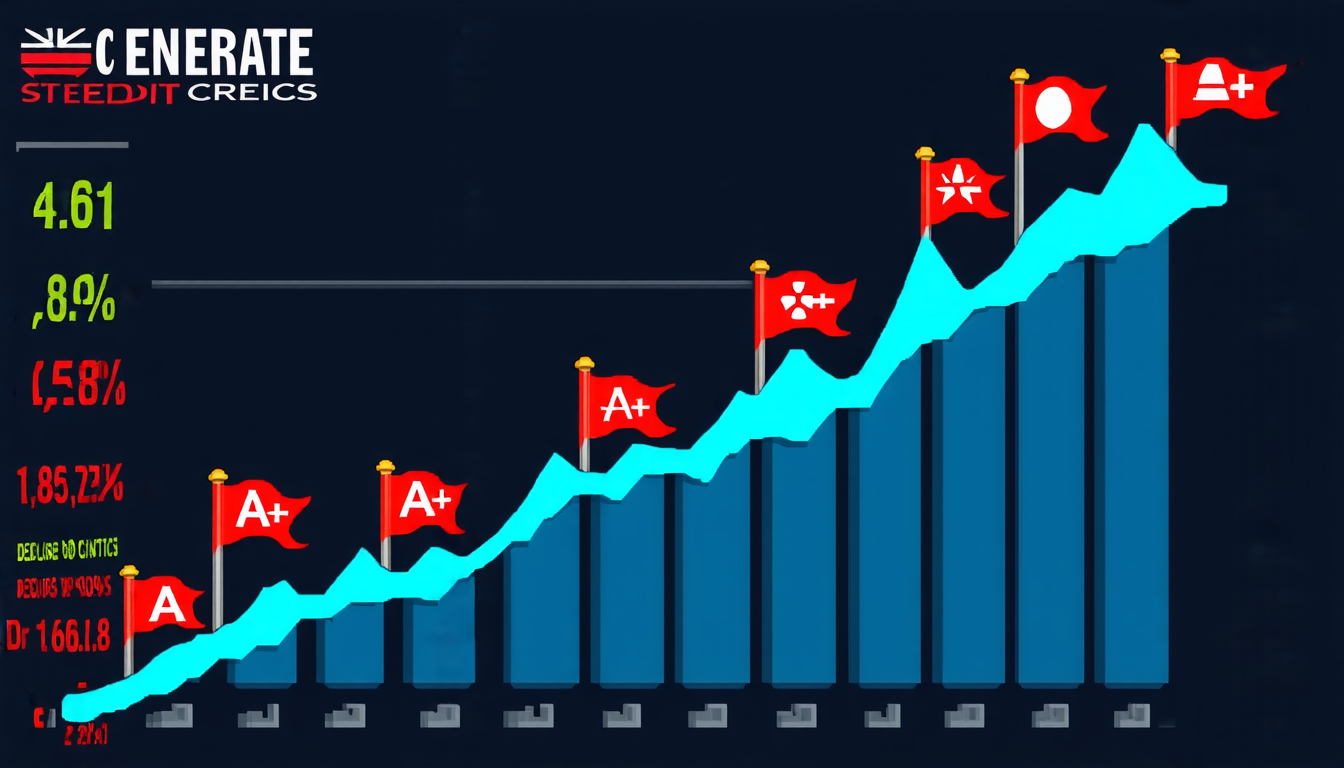Sunday 06 April 2025
In a breakthrough that could revolutionize the way we understand and manage financial risk, researchers have developed a new method for estimating corporate default spreads using daily bond price data.
For years, investors and regulators have relied on quarterly accounting statements to assess the creditworthiness of companies. But this approach has its limitations – it’s slow, often outdated, and can’t capture sudden changes in market sentiment. In contrast, daily bond prices offer a real-time snapshot of investor confidence, making them an ideal tool for monitoring credit risk.
The problem is that using daily bond prices to estimate default spreads requires sophisticated statistical models that can account for the complexities of financial markets. This is where the new method comes in. By adapting classic yield curve estimation techniques to a Bayesian framework, researchers have created a high-frequency credit risk proxy that can accurately predict the likelihood of corporate defaults.
The key innovation lies in the way the model incorporates uncertainty into its predictions. Unlike traditional methods that assume perfect knowledge of future events, this approach uses probabilistic distributions to reflect the inherent unpredictability of financial markets. This allows for more realistic confidence intervals and a better understanding of the risks involved.
One of the most significant advantages of the new method is its ability to capture sudden changes in market sentiment. By analyzing daily bond prices, the model can quickly adapt to shifts in investor confidence, providing early warnings of potential defaults. This could be particularly valuable for risk managers and regulators, who need to make swift decisions about asset allocation and capital requirements.
The researchers behind the study used a dataset of 500 large-cap firms to test their method, with impressive results. They found that their model was able to accurately predict default spreads up to three months in advance, outperforming traditional methods in terms of accuracy and precision.
While there are still many challenges ahead – including issues related to data quality and model stability – the potential benefits of this new approach are significant. By providing a more accurate and timely measure of credit risk, it could help investors make better decisions about where to allocate their capital, and regulators design more effective policies for managing systemic risk.
As financial markets continue to evolve and become increasingly complex, the need for innovative solutions like this one is clear. With its ability to capture sudden changes in market sentiment and provide early warnings of potential defaults, this new method has the potential to revolutionize the way we manage financial risk – and could ultimately lead to a more stable and resilient global economy.
Cite this article: “Cracking the Code of Corporate Bond Pricing: A Bayesian Approach to Yield Curve Modeling”, The Science Archive, 2025.
Corporate Default Spreads, Credit Risk, Bond Prices, Financial Markets, Bayesian Framework, Yield Curve Estimation, Uncertainty, Probabilistic Distributions, Risk Management, Asset Allocation.
Reference: Maksim Papenkov, Beau Robinette, “Bayesian Estimation of Corporate Default Spreads” (2025).







